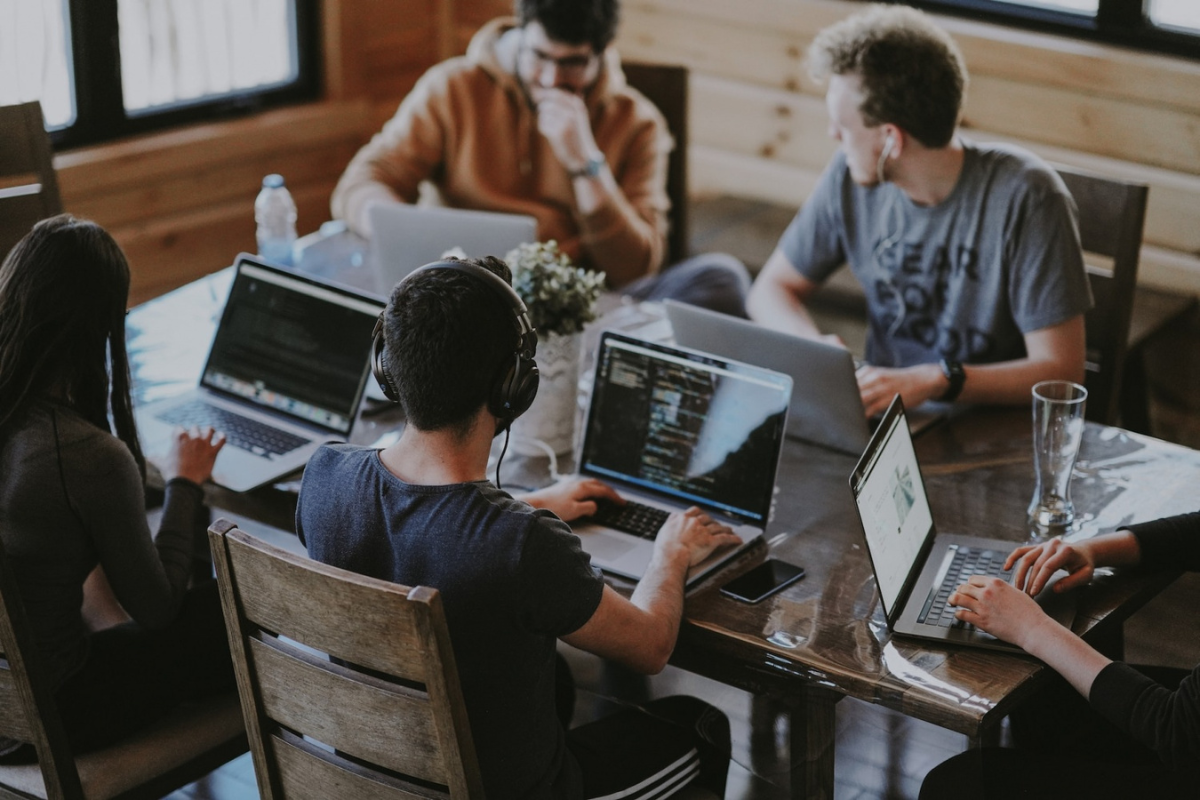Being digitally present and accessible to your target market is already a must nowadays. Improving your website’s performance should be one of the things that you are trying to constantly improve if you want to be recognized as a brand.
In our previous post, we’ve shared two best practices for search engine optimization that will support your website’s performance in different search engines. The first one was aligning your content with the intent of your target audience. And the second one was focused on the technical side which was improving your page speed to prevent users to drop off from your website. For this post, we’ll be focusing on how you can maximize the usage of images to improve your SEO performance because these affect your site speed. If you’re a company who’s doing your SEO in house without proper training then here are things that you need to take note of:
1. Best File Format
When you think of website and images, the two formats that will come to your mind are probably JPEG and PNG which have different compression techniques. But in fact, there is another one which you should consider – WebP. The question now is, when is the right time to use the format that would beneficial for your website’s SEO performance?
· Use JPEG if the image that you’re using is a photograph because it compresses images at a lower size. · Having a lossless compression type, use PNG if your image is a line drawing, has text, or icons so the quality of your image does not suffer when resized. · However, Google is highly recommending the use of WebP as it provides a superior lossless and lossy compression for images on the web.
After choosing the best format, do not forget to compress your images. Remember that the larger the file, the longer your web page will load. Your SEO team or company should be able to provide you with the ideal file size for the nature of your website. By applying these, you’ll be able to help improve the site speed of your website and still have quality photos on your website.
2. Apply Alt Text on Images
Alt text (alternative text) is an HTML code used to describe the appearance and function of an image of the page, which could also be applied via your website’s CMS. With the use of alt text, you can create a better user experience while helping you with your SEO score.
Since search engine crawlers still do not have the capability of seeing the image we are uploading, they rely on an image’s alt text. Given this, it’s highly recommended that you describe your image as specifically as possible while still keeping it short. You can also use your keywords on your alt text will give you an opportunity to rank for it. Proving to your search engines that your content is highly relevant to a particular search query.
With the sudden shift in our market’s behavior, we need to make sure that contents are easily accessible, and if possible visual. With the tips we’ve provided, you may check in with your SEO support company on the opportunities that you can work on to improve your SEO ranking.
If you’re only looking into improving your website now without any SEO knowledge, you can contact companies like CMSIT who will provide you with the SEO support that you need. If you’re interested, you may visit our contact us page for more information











